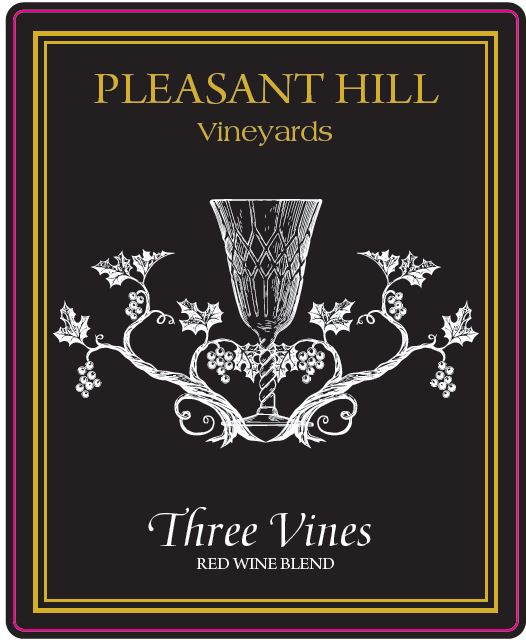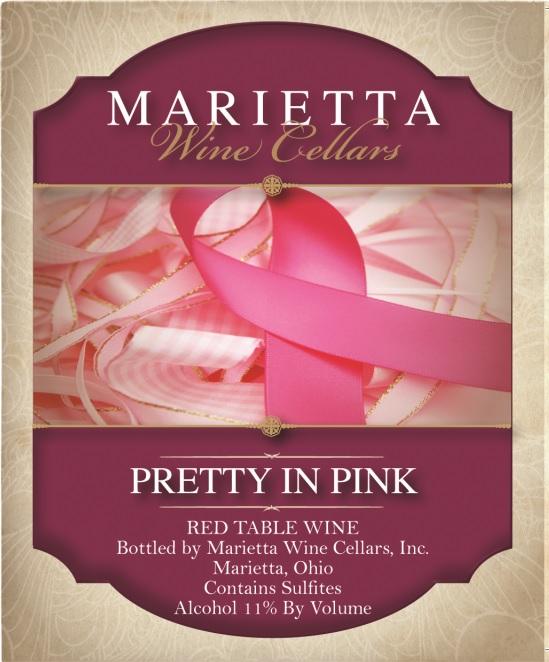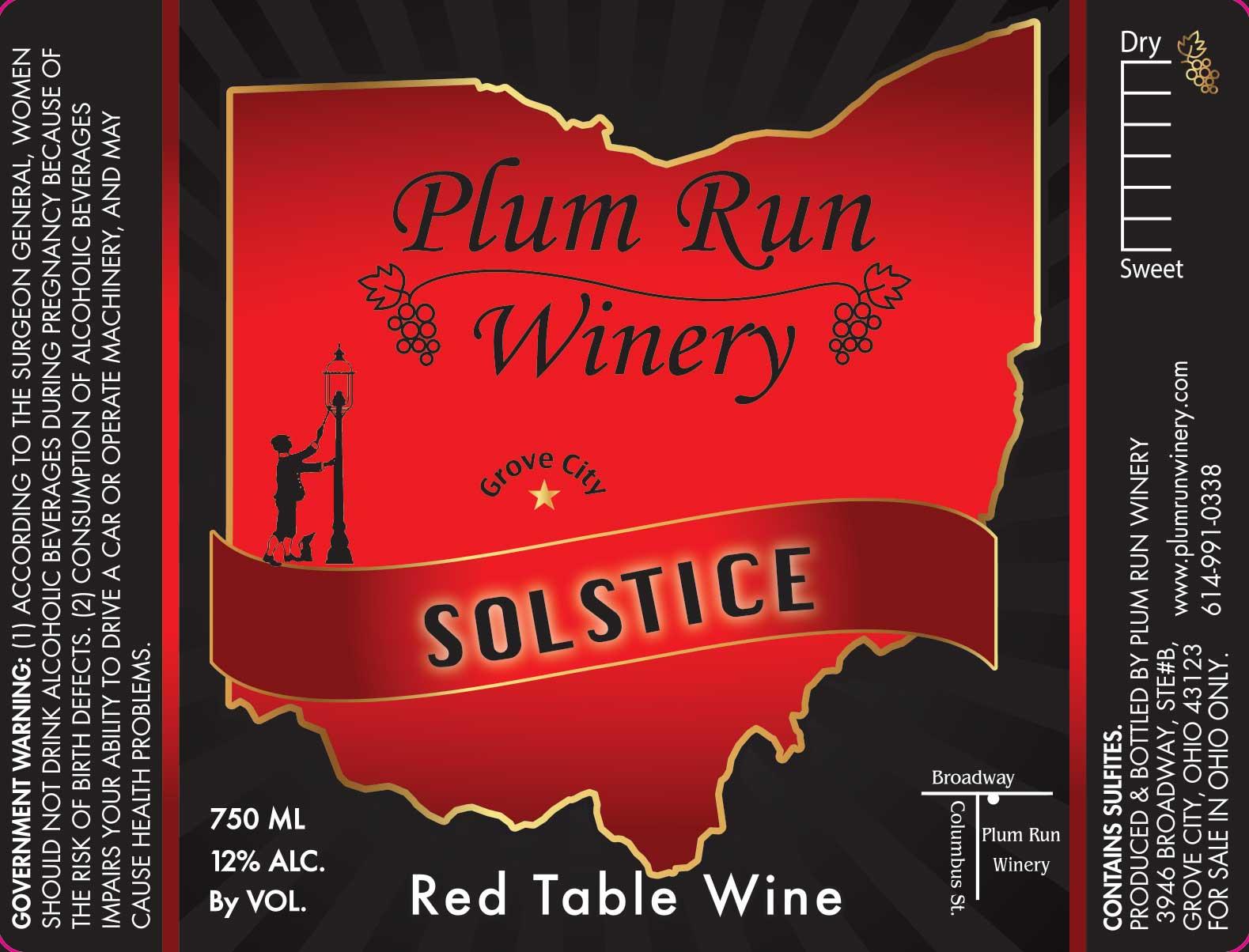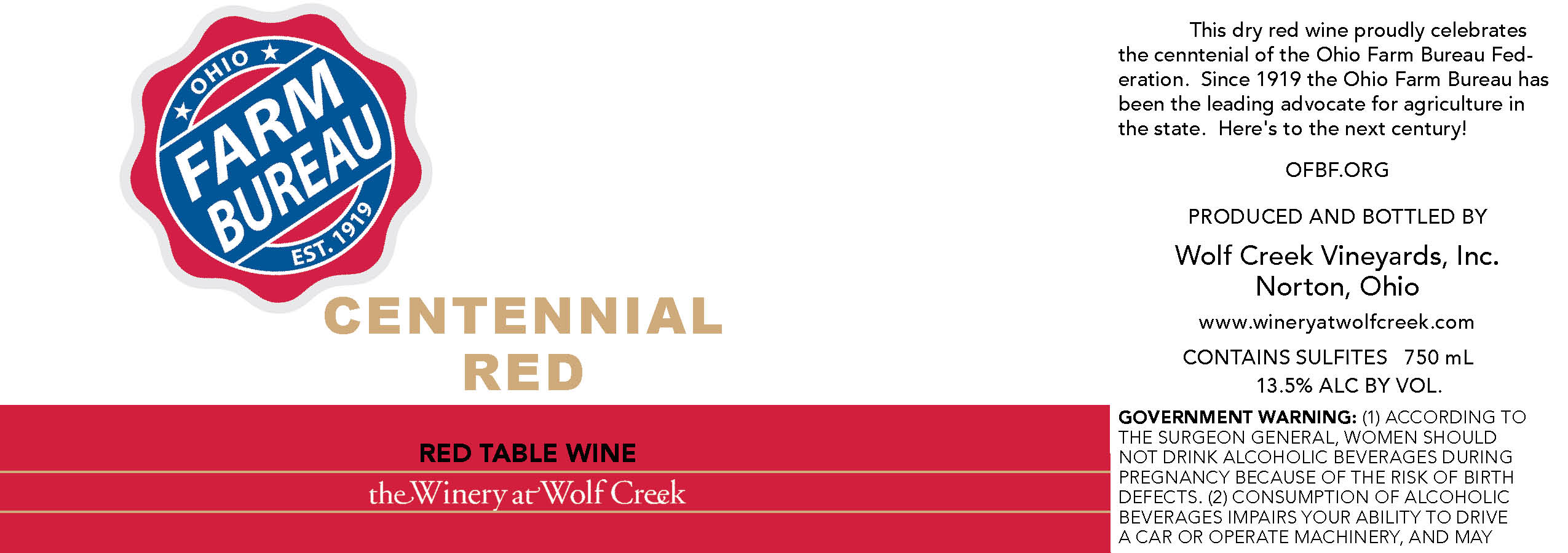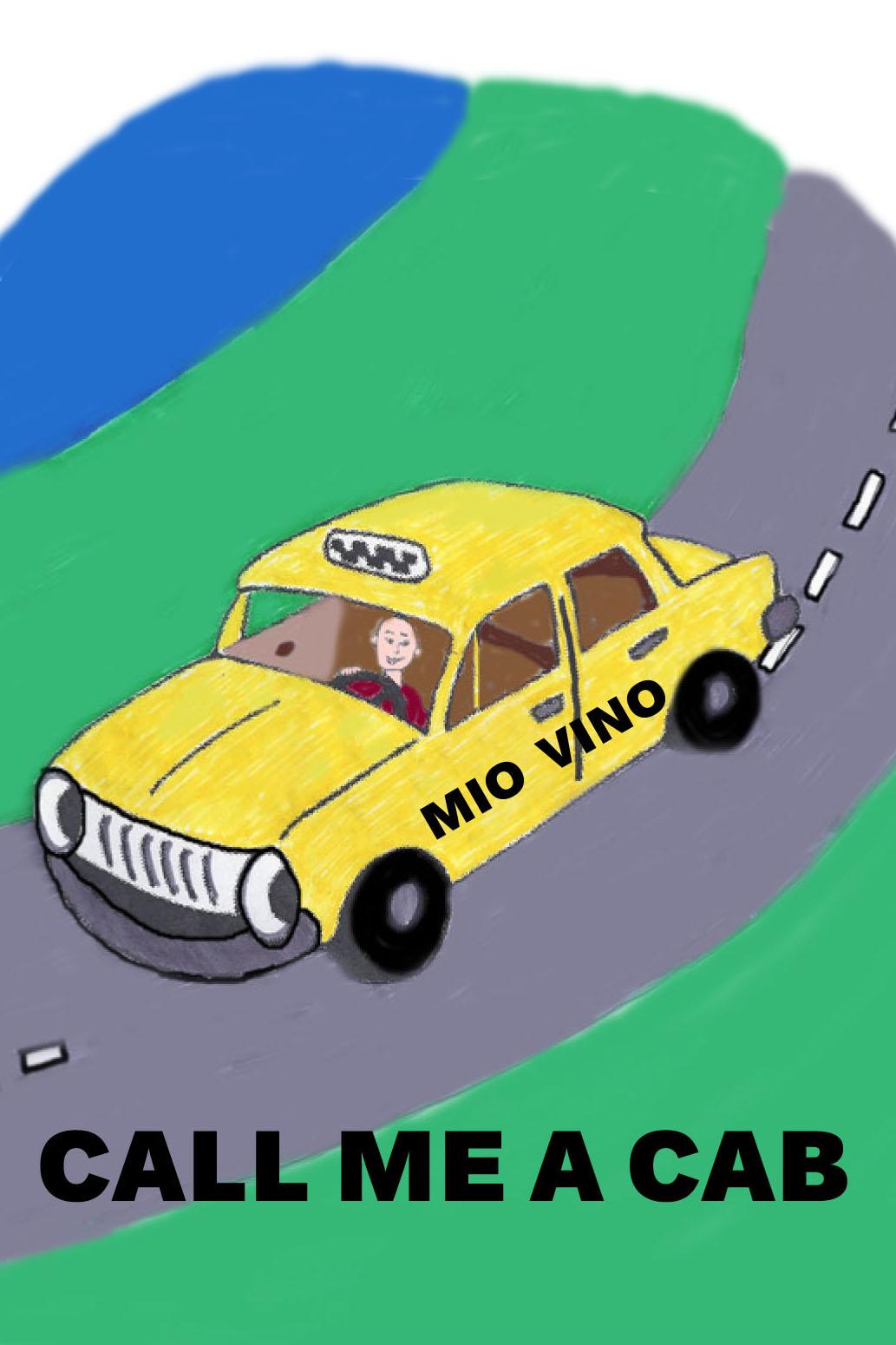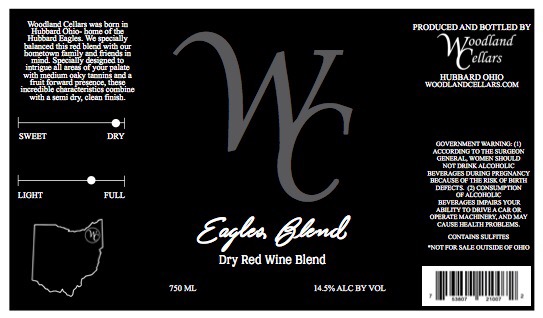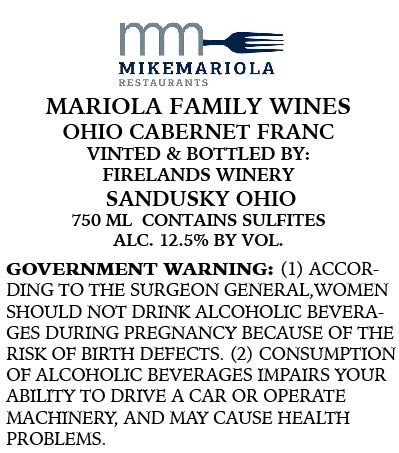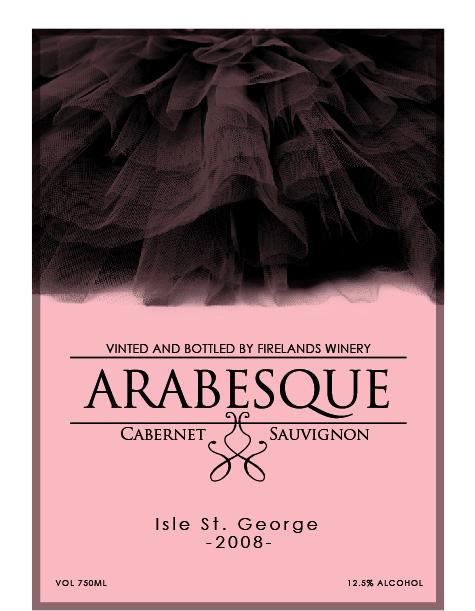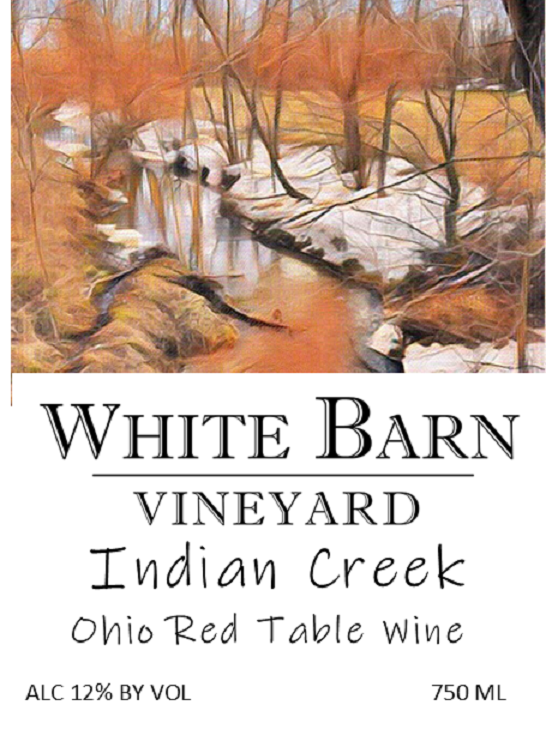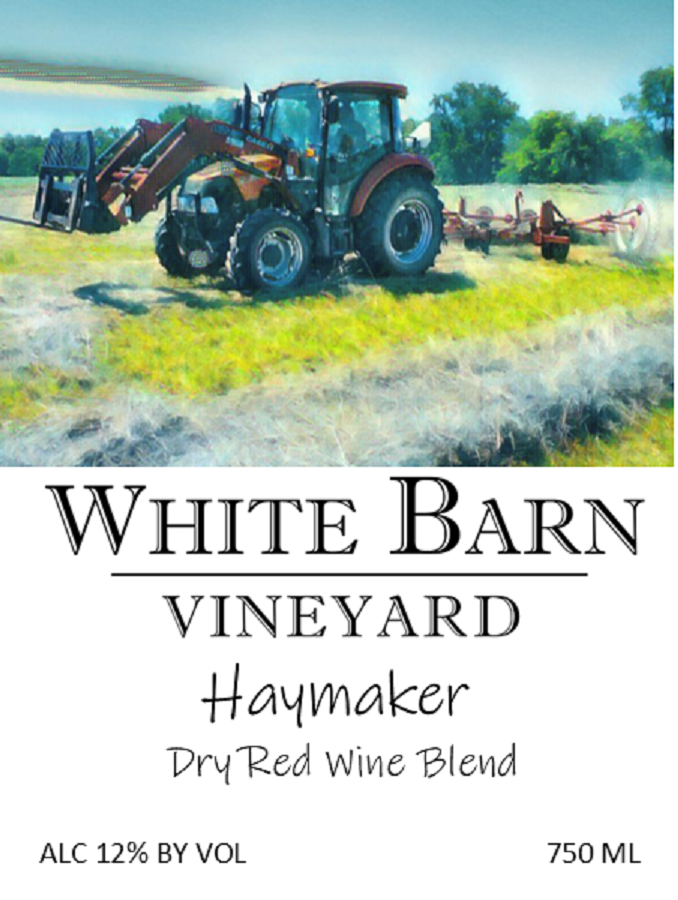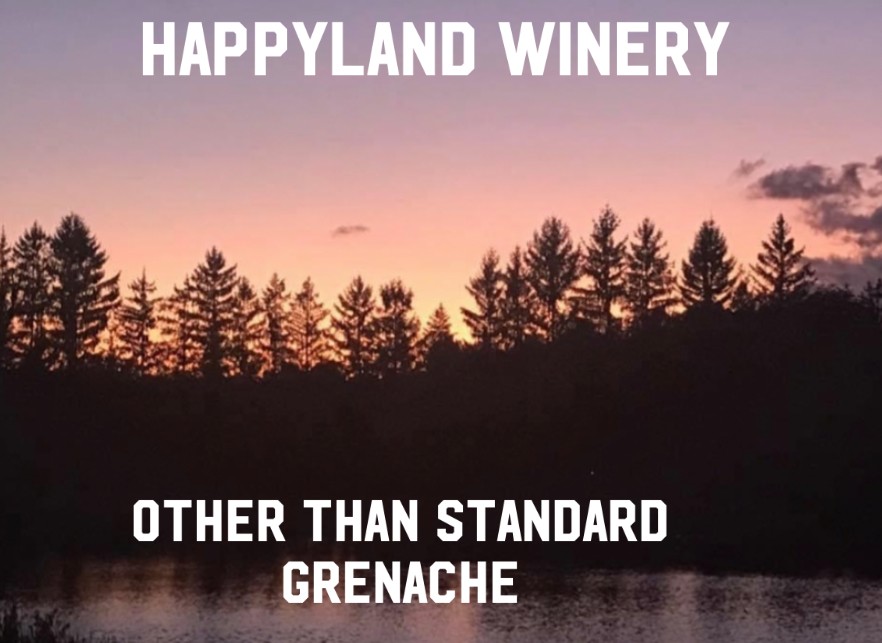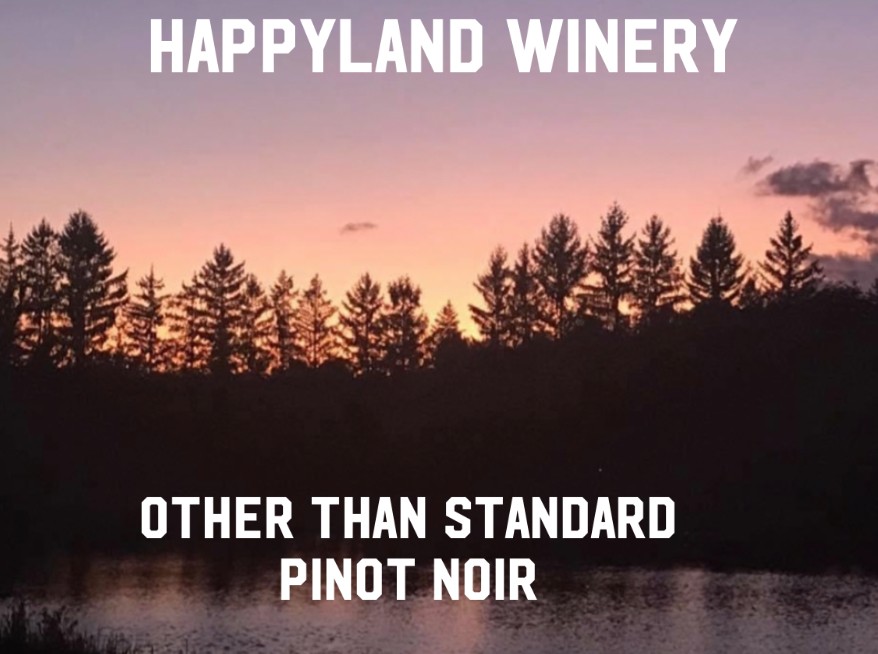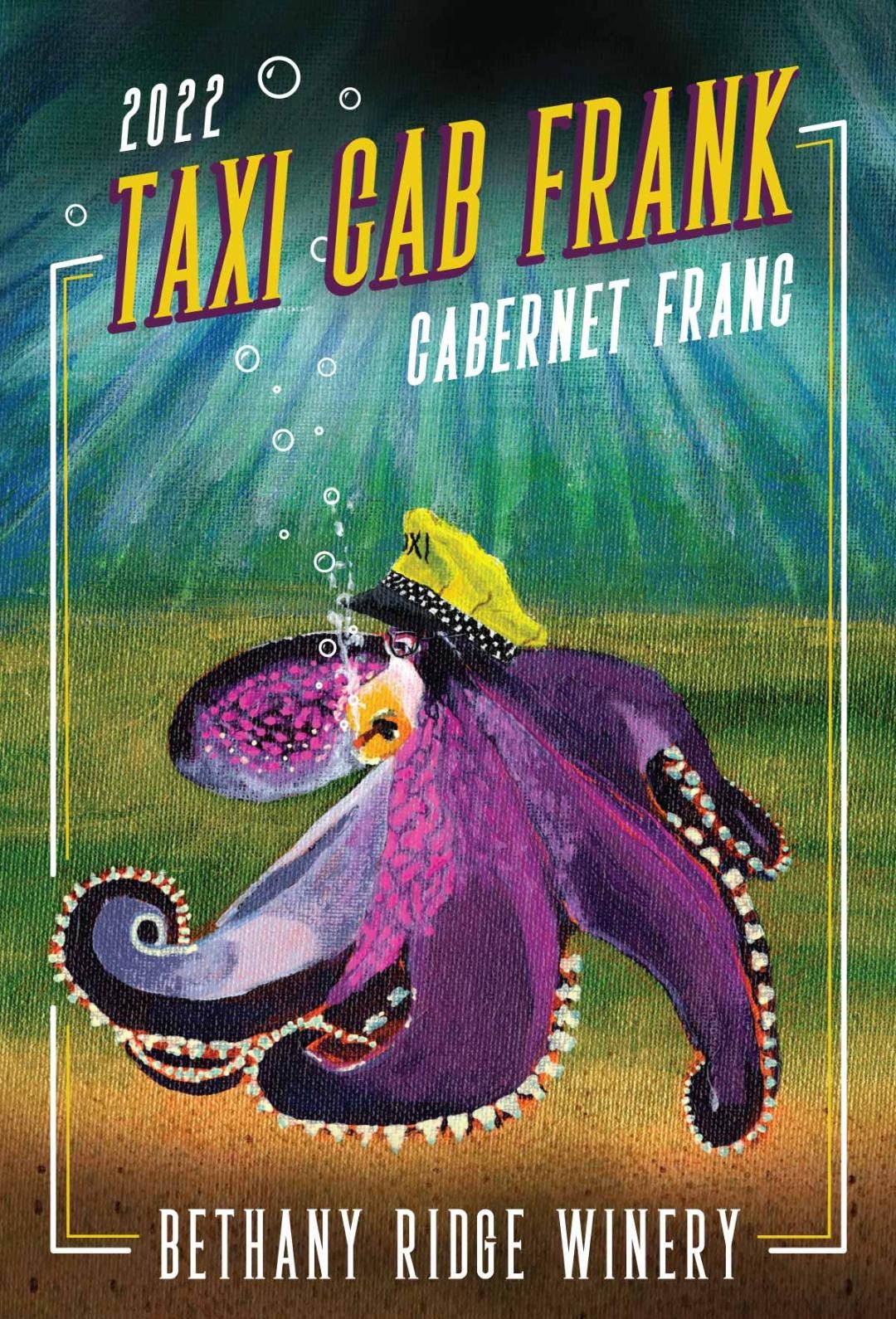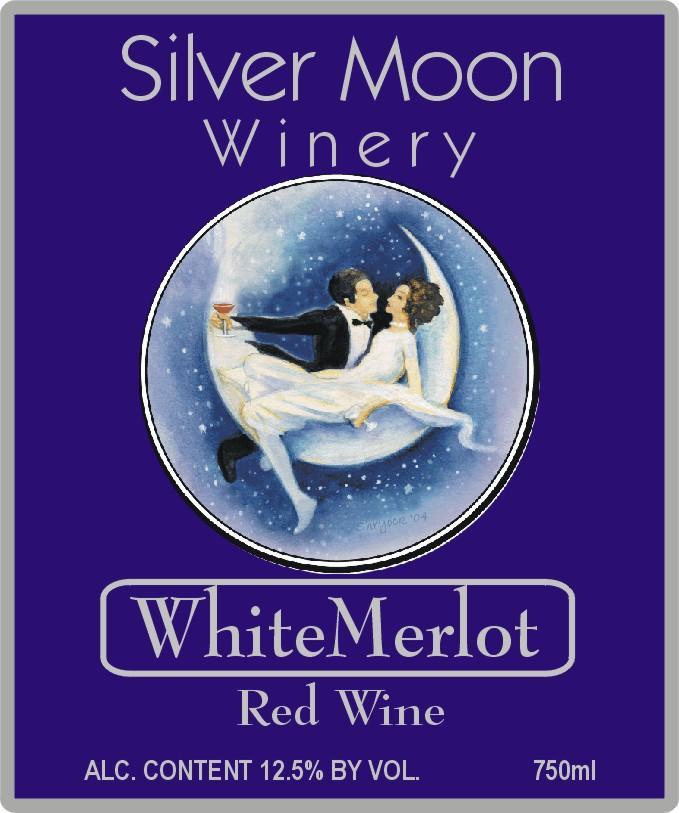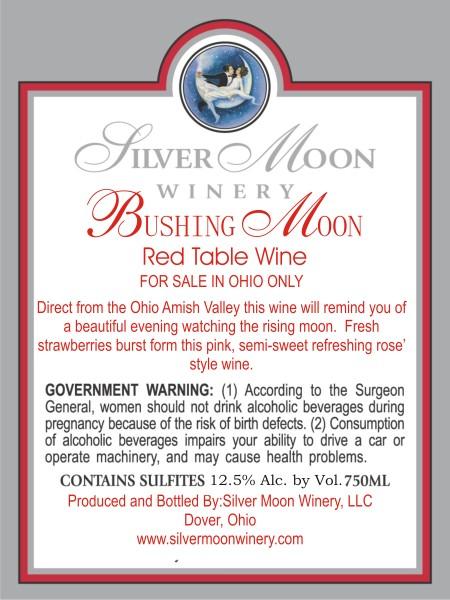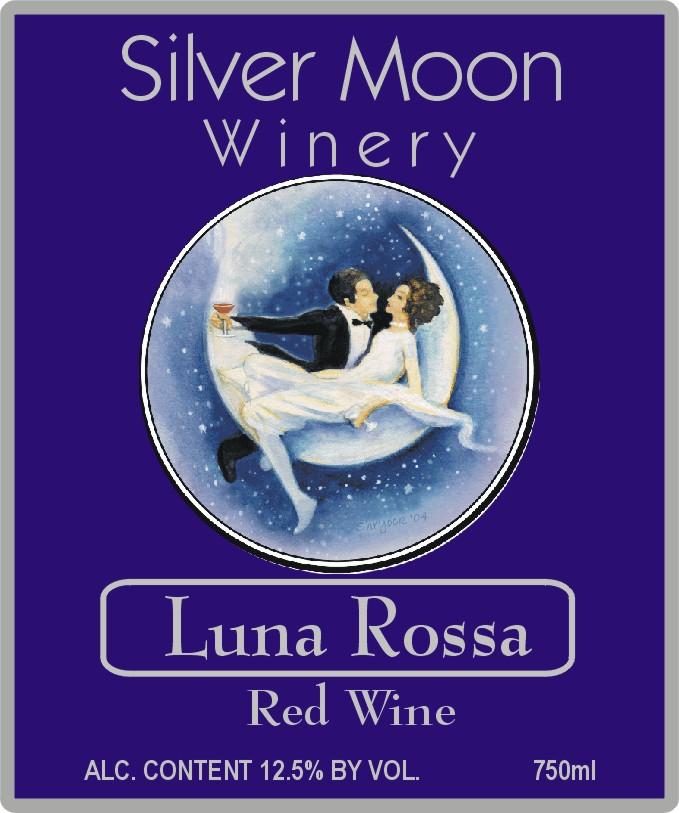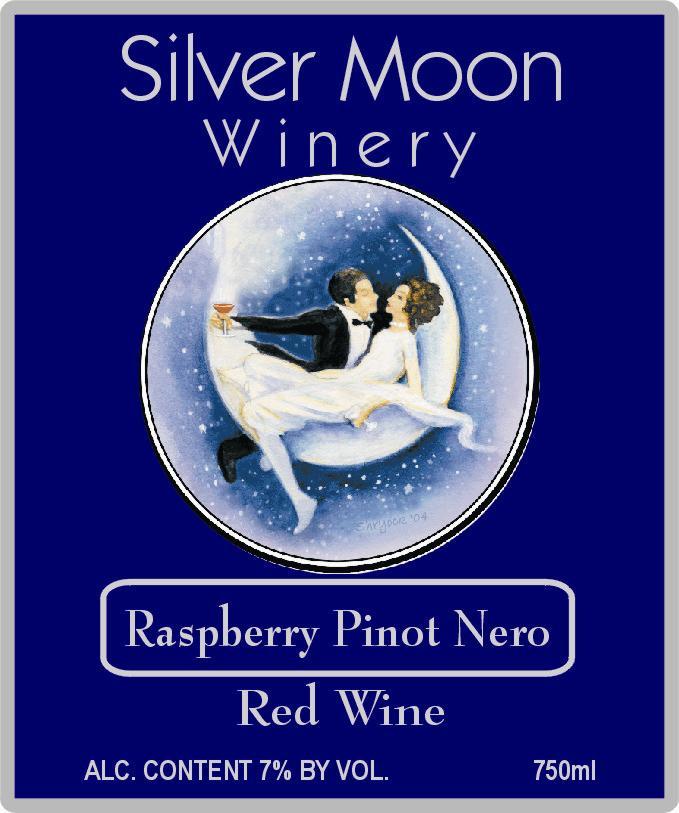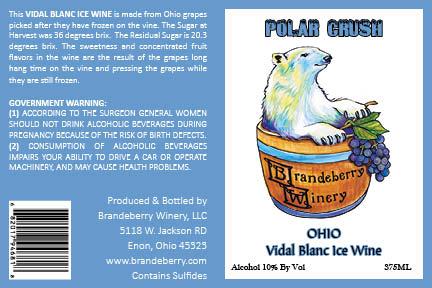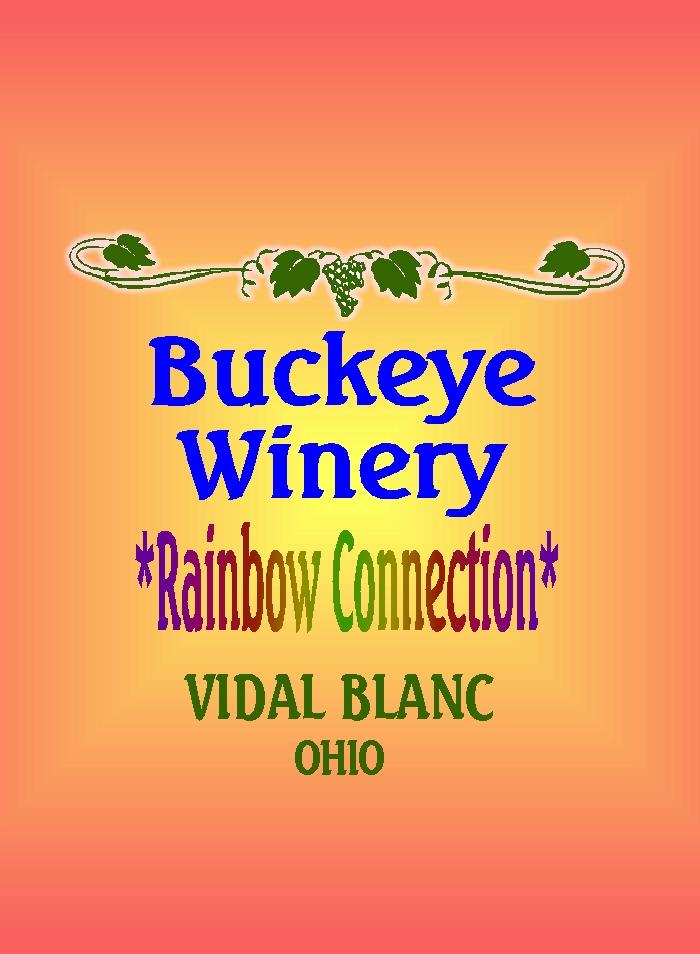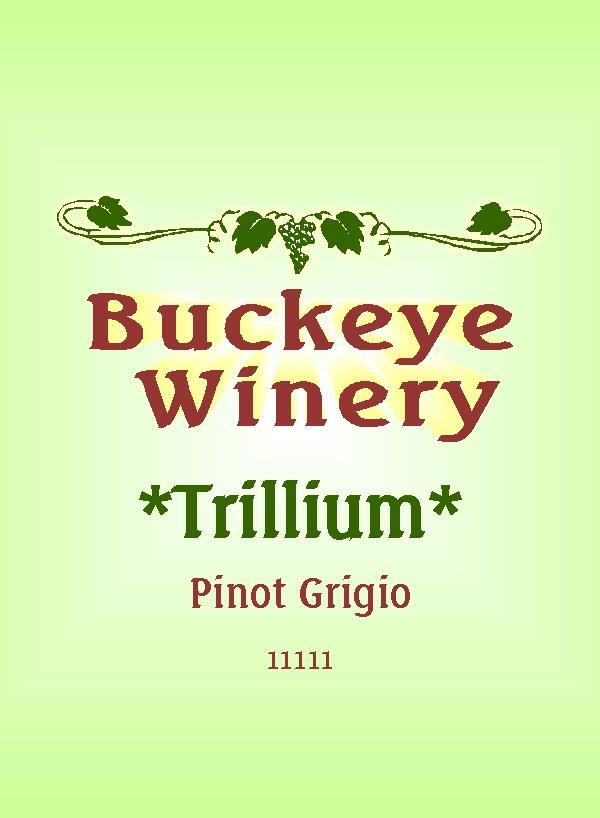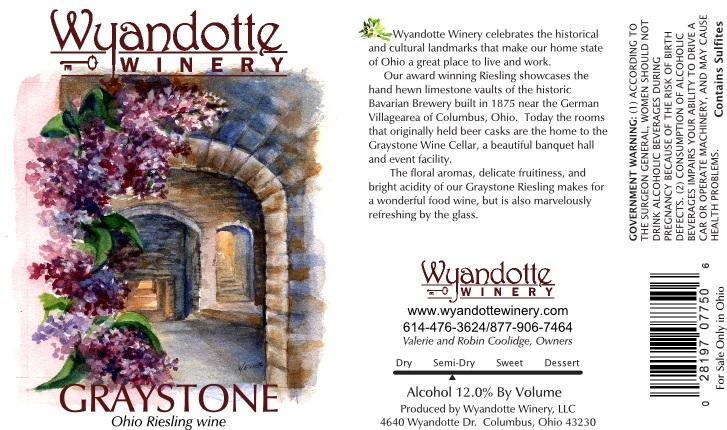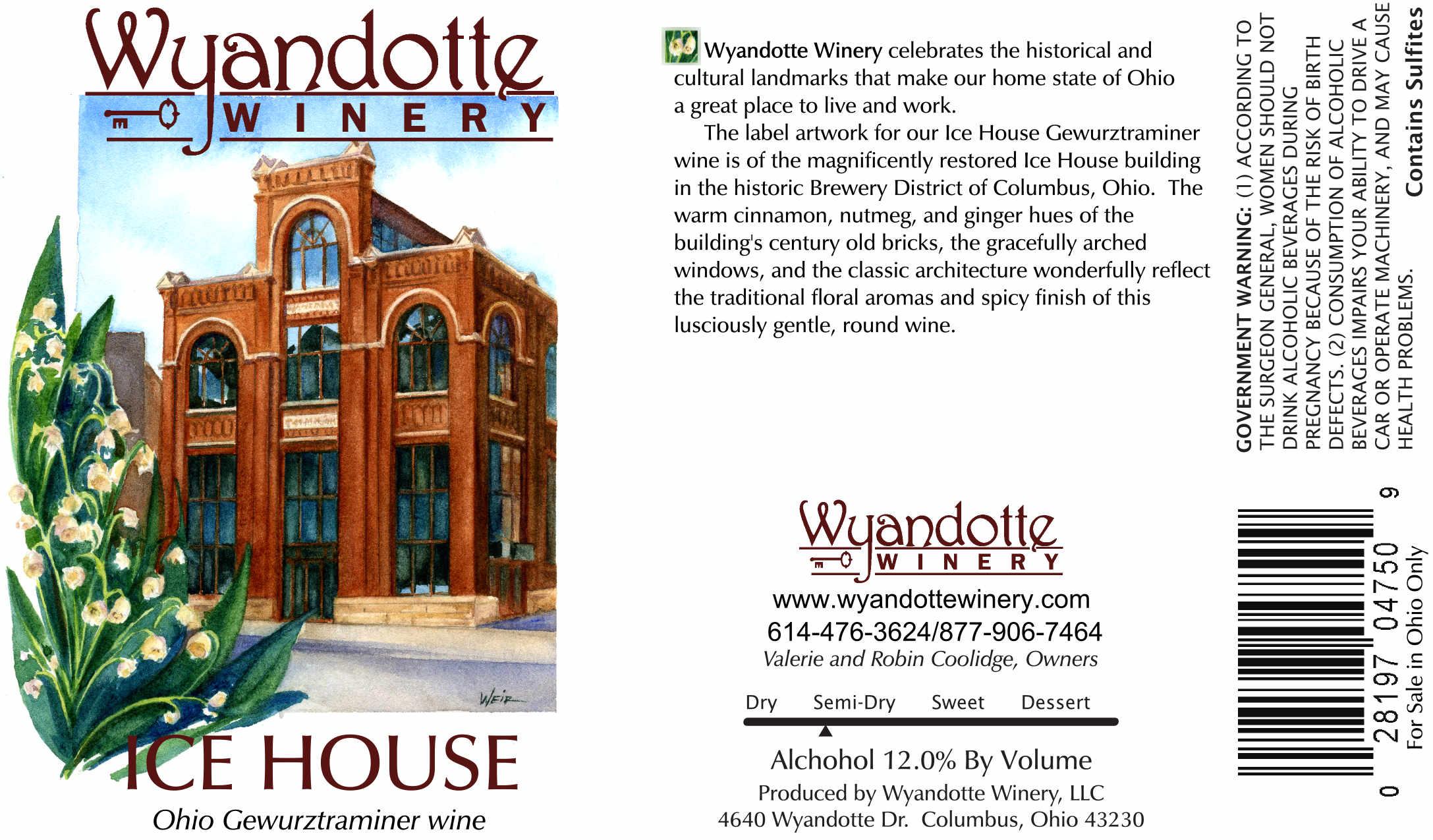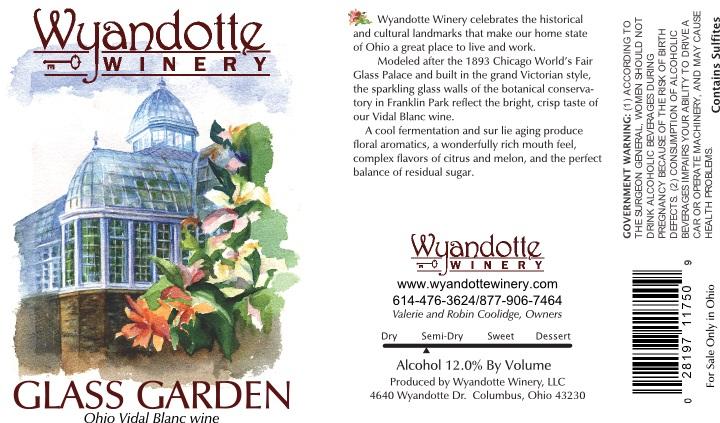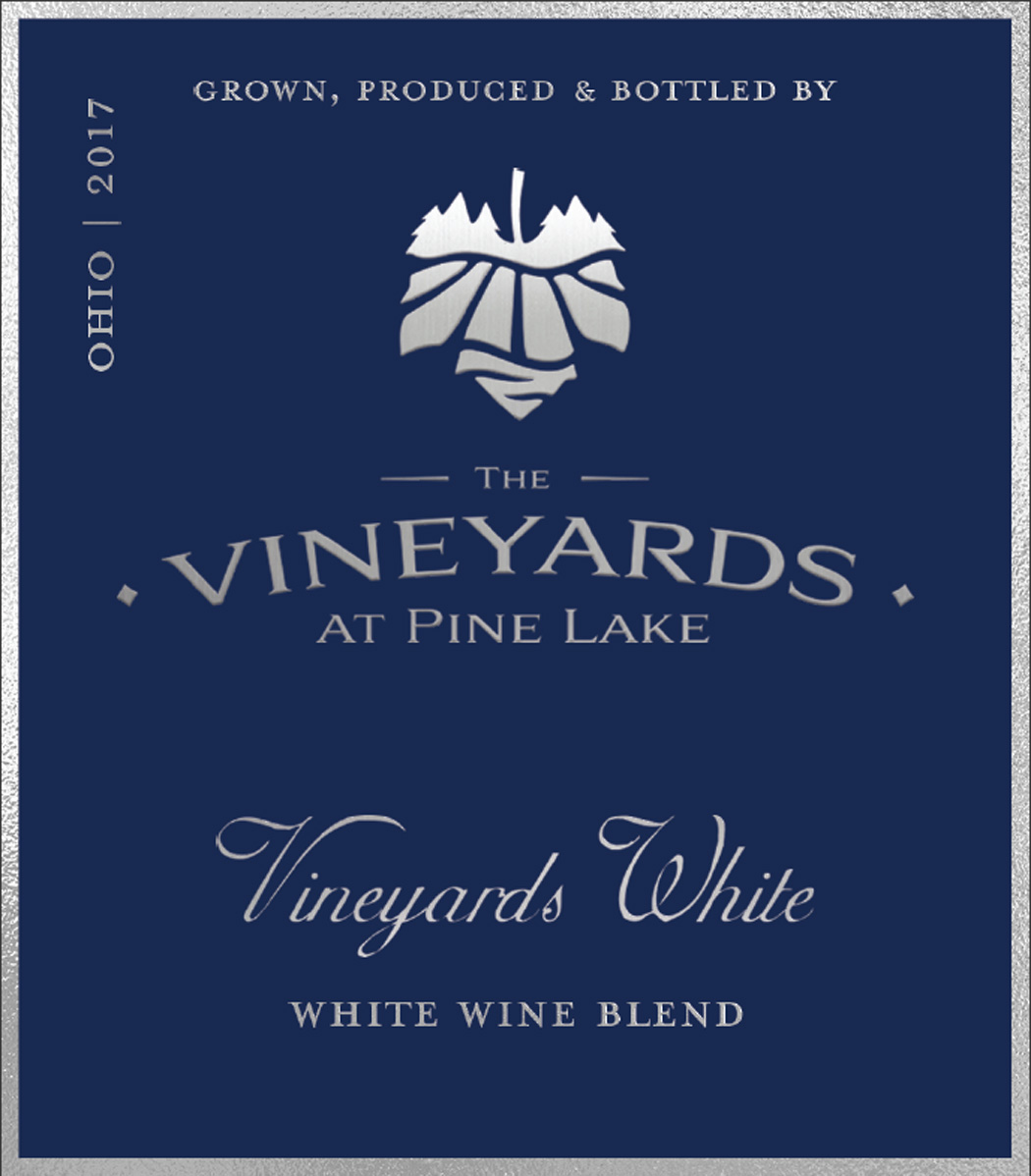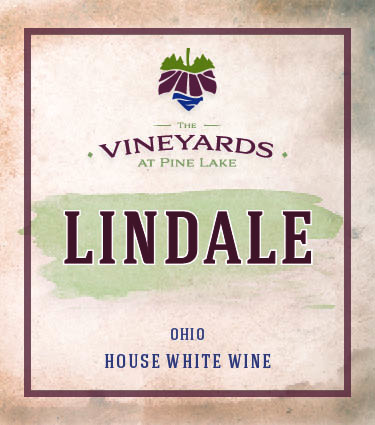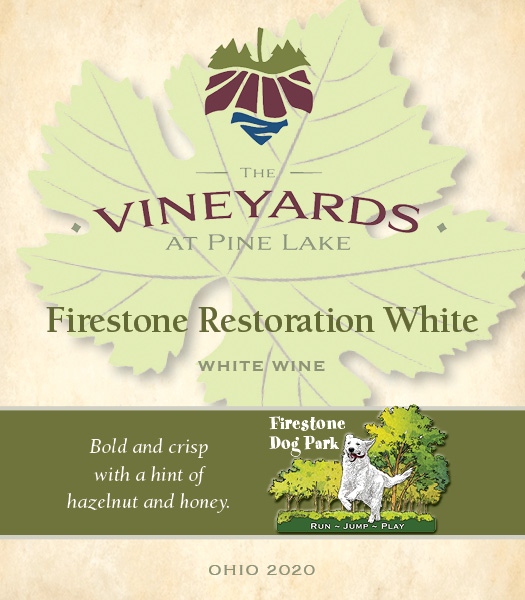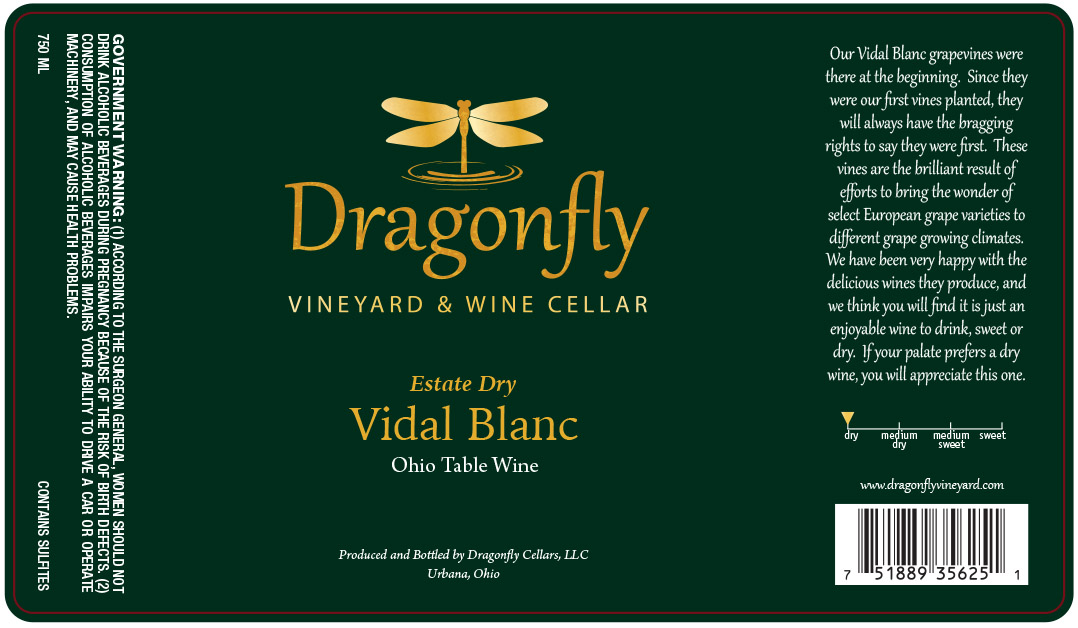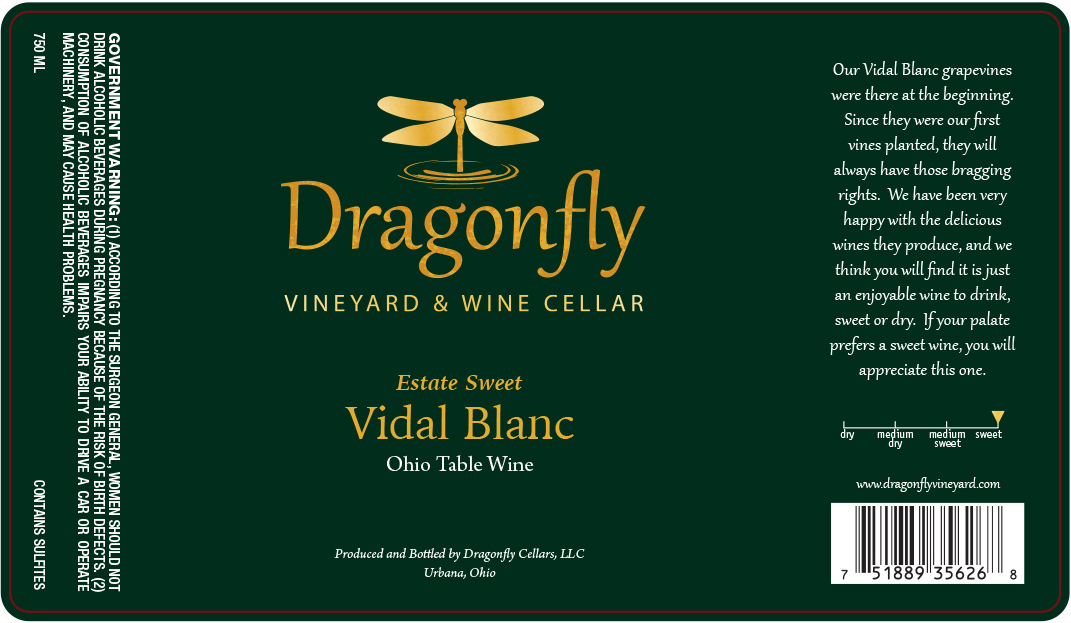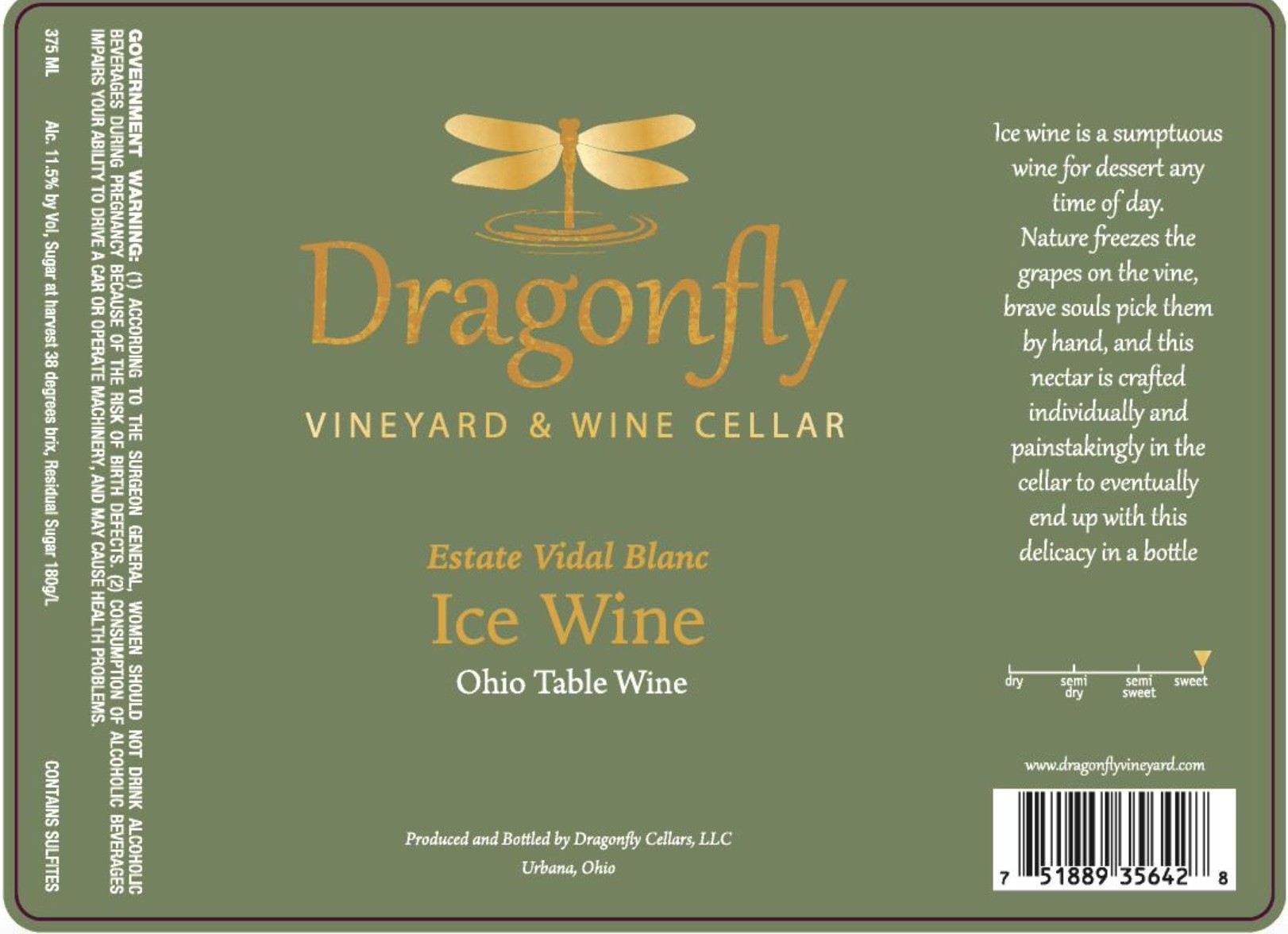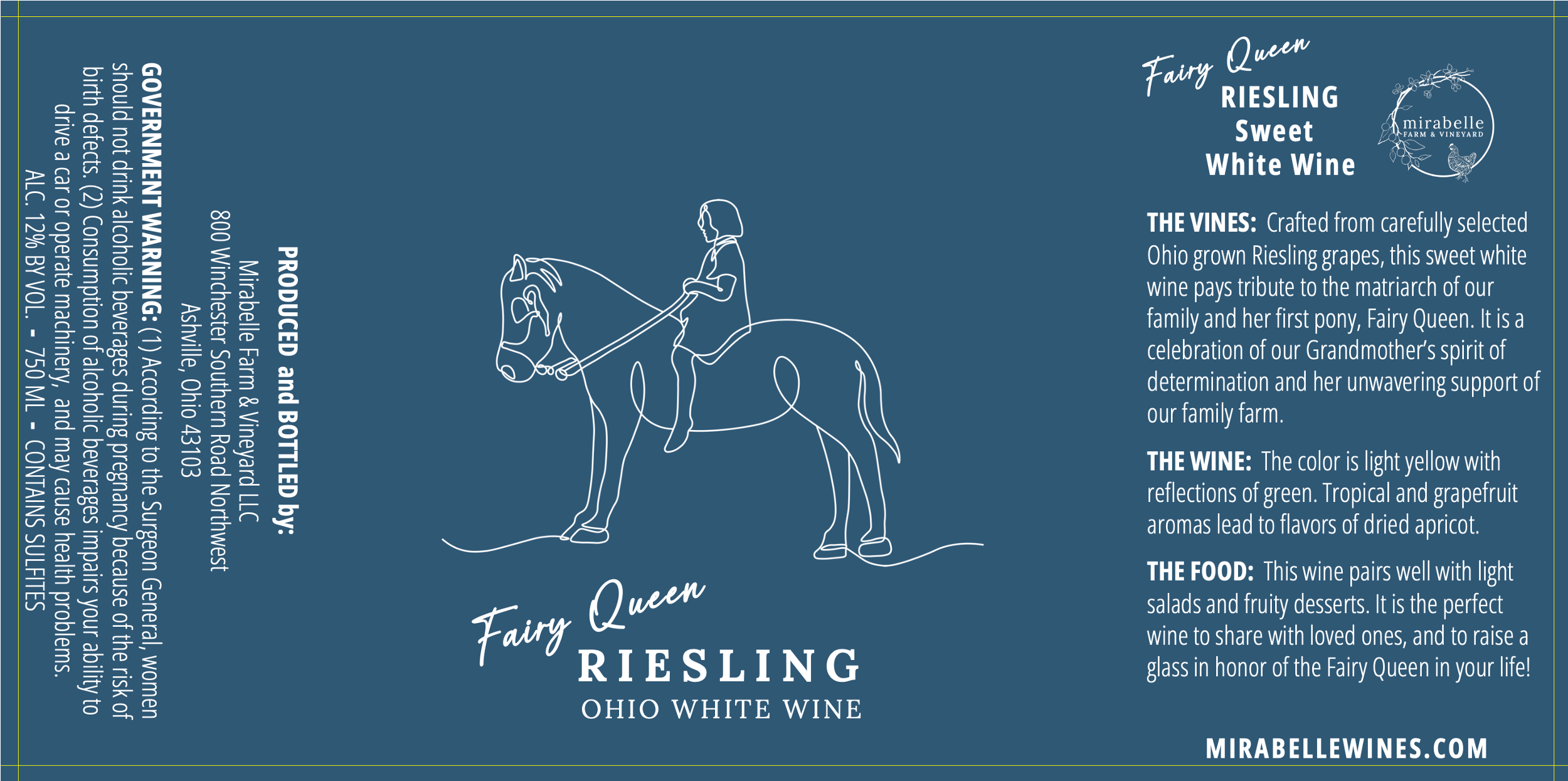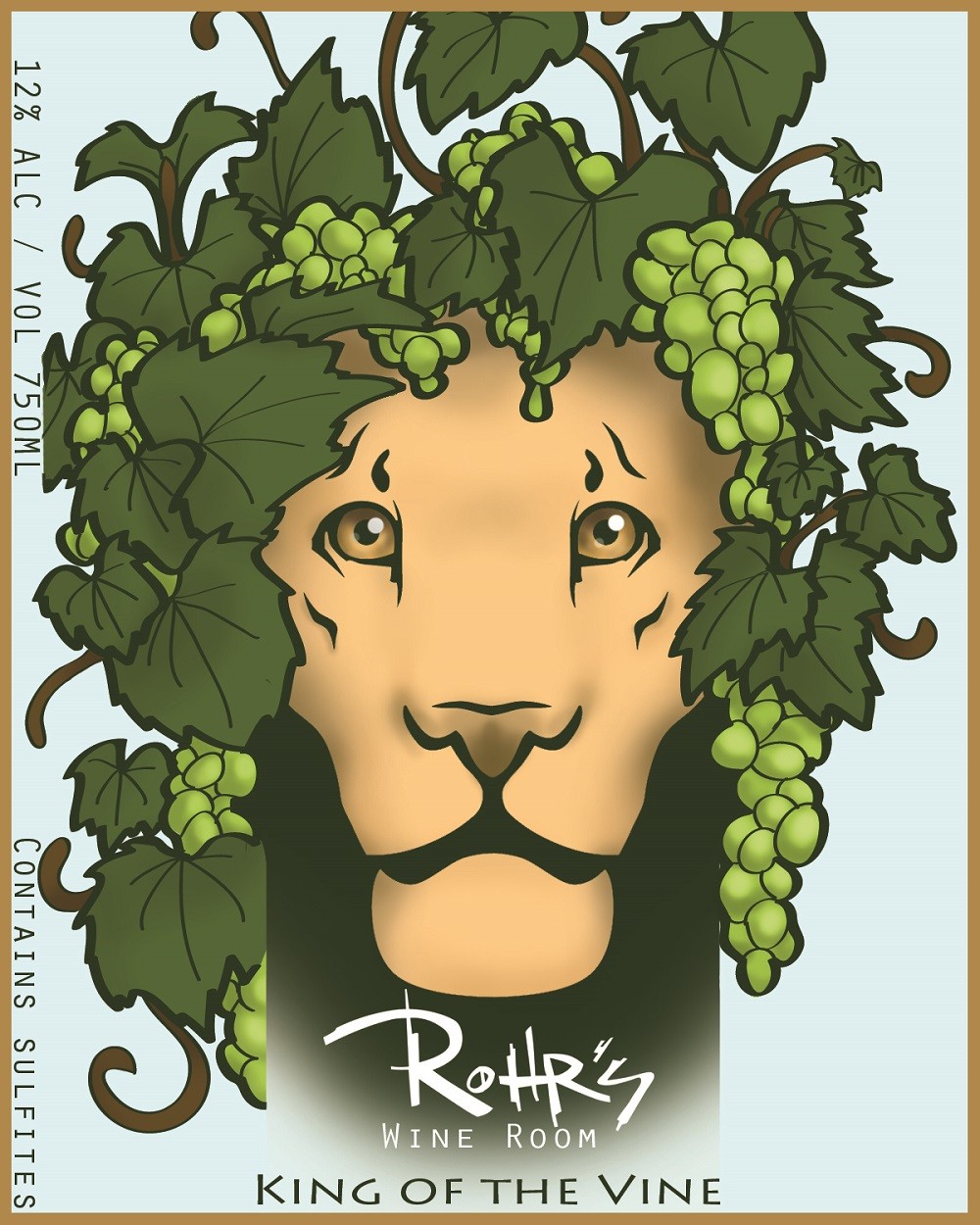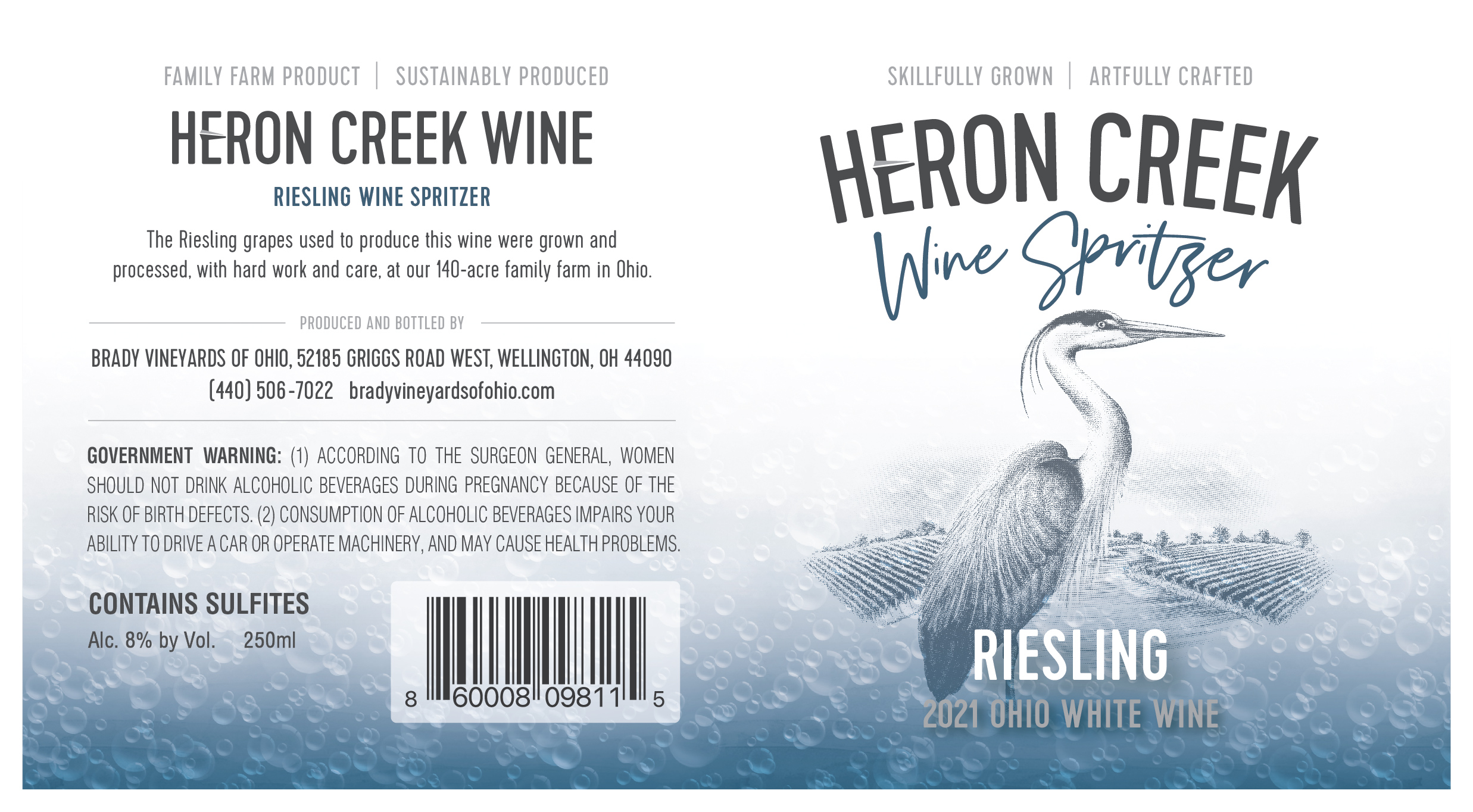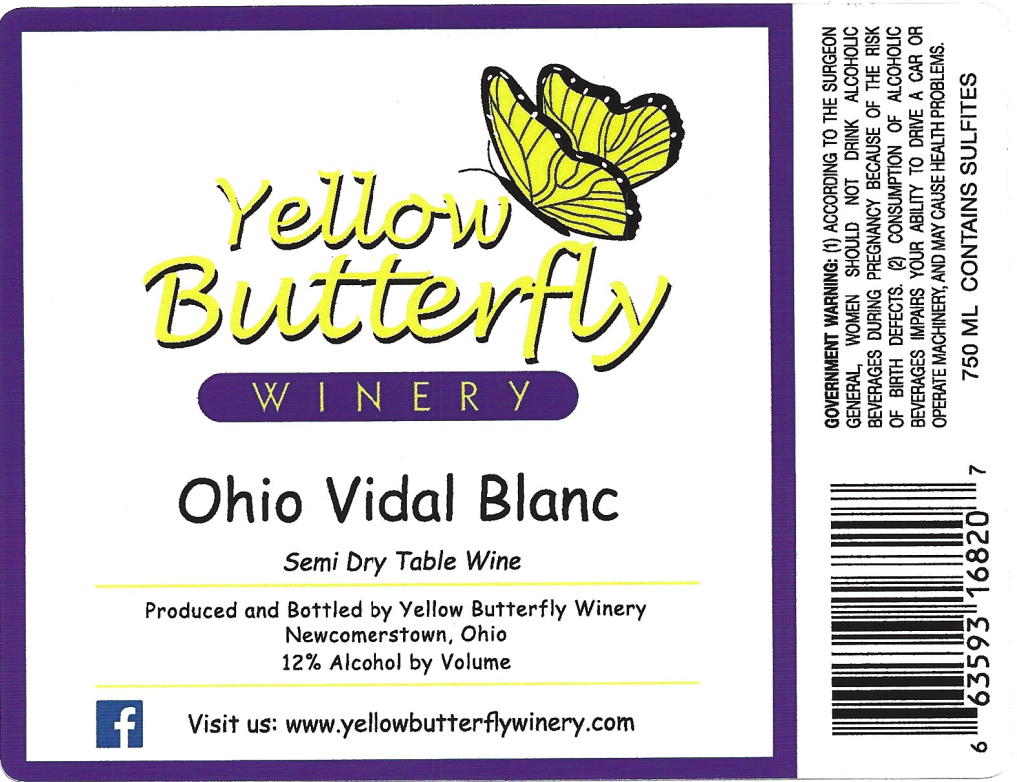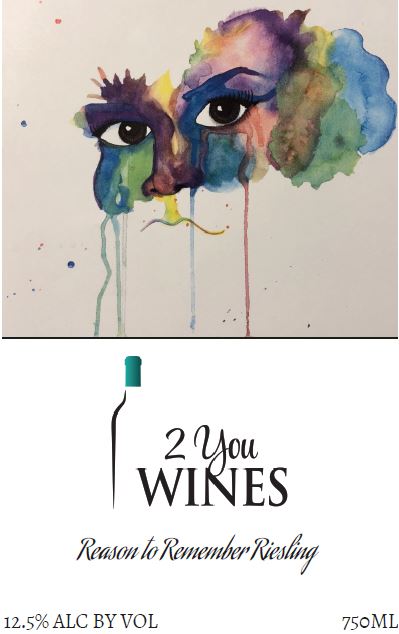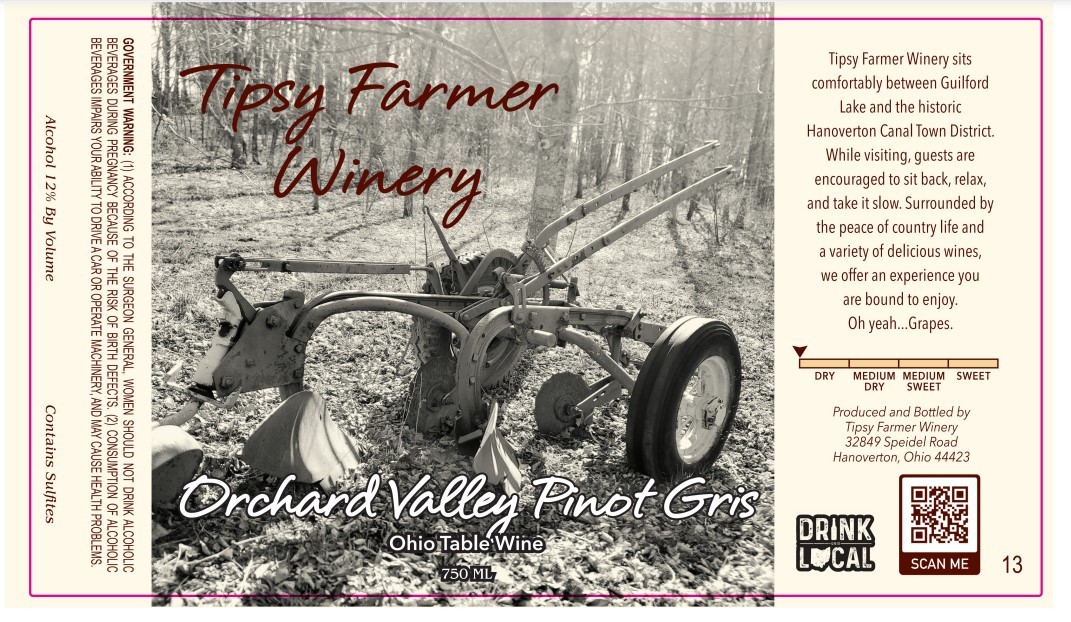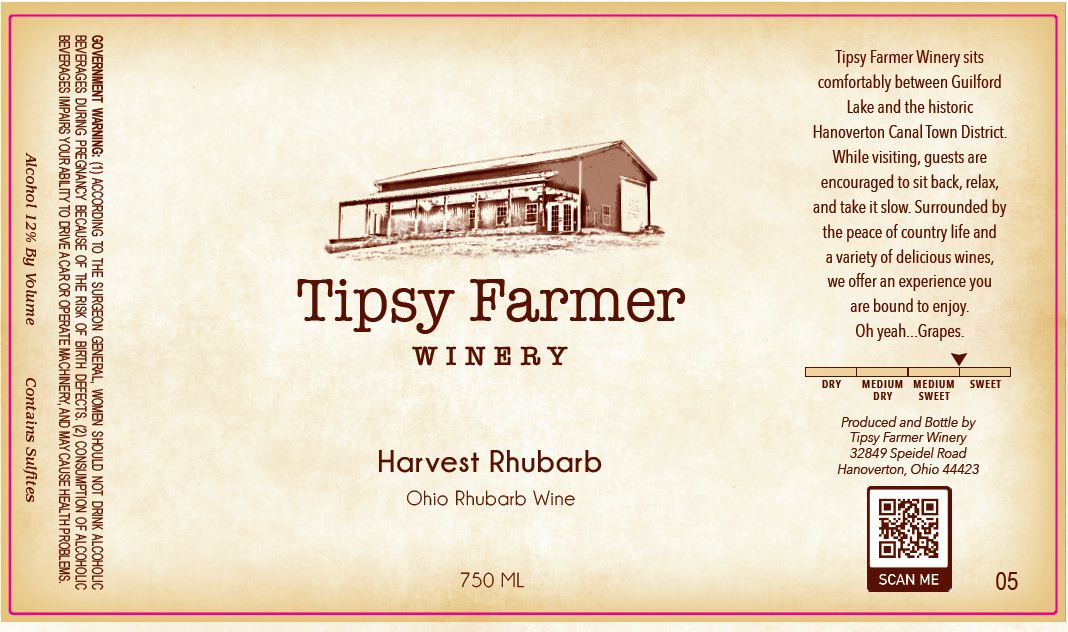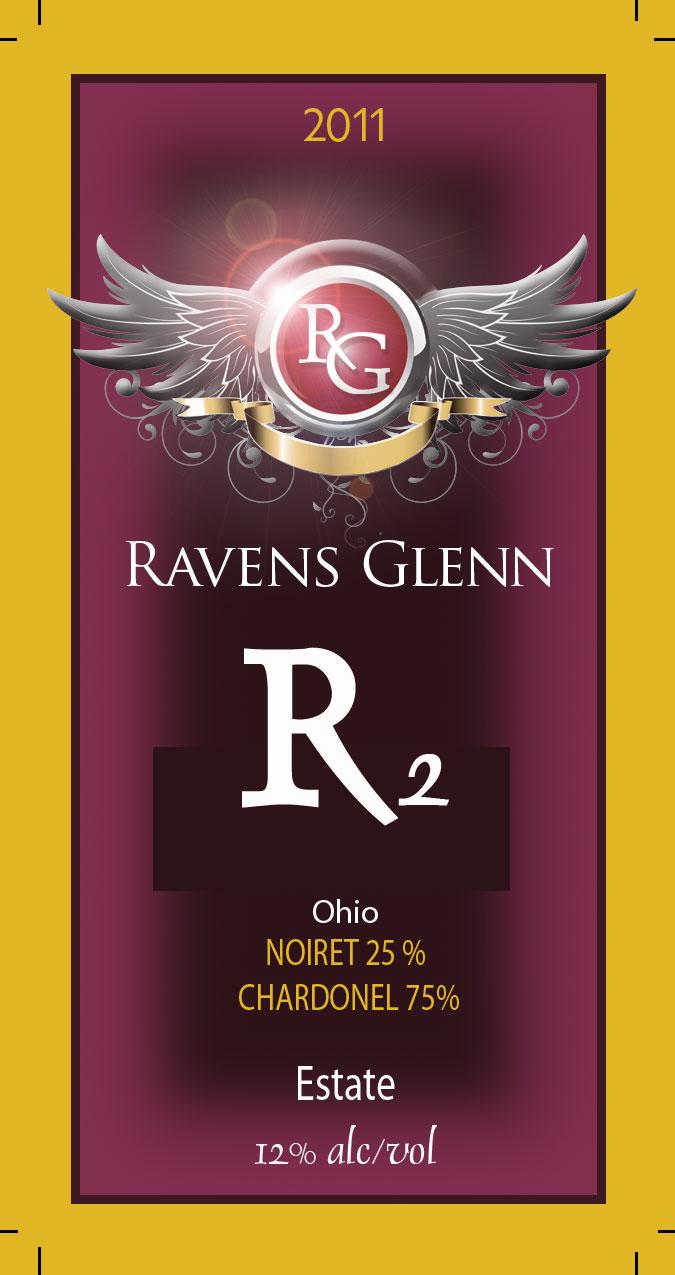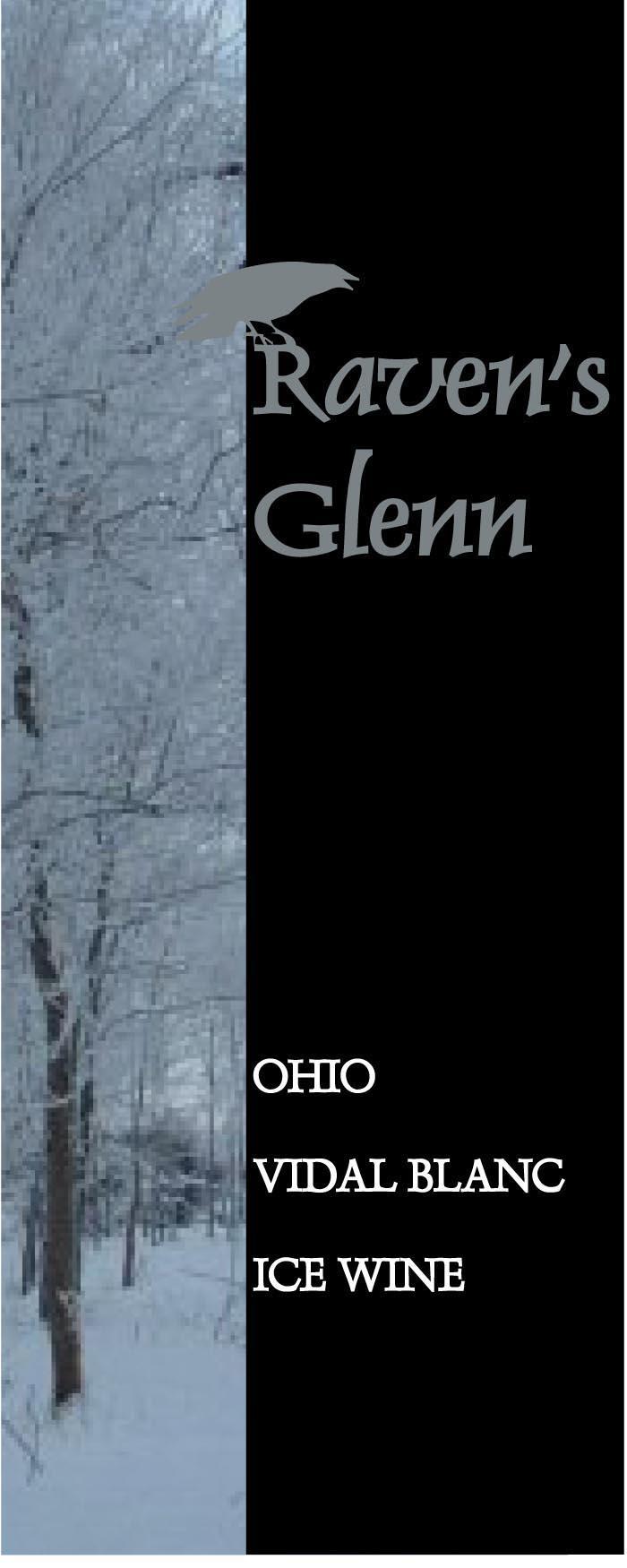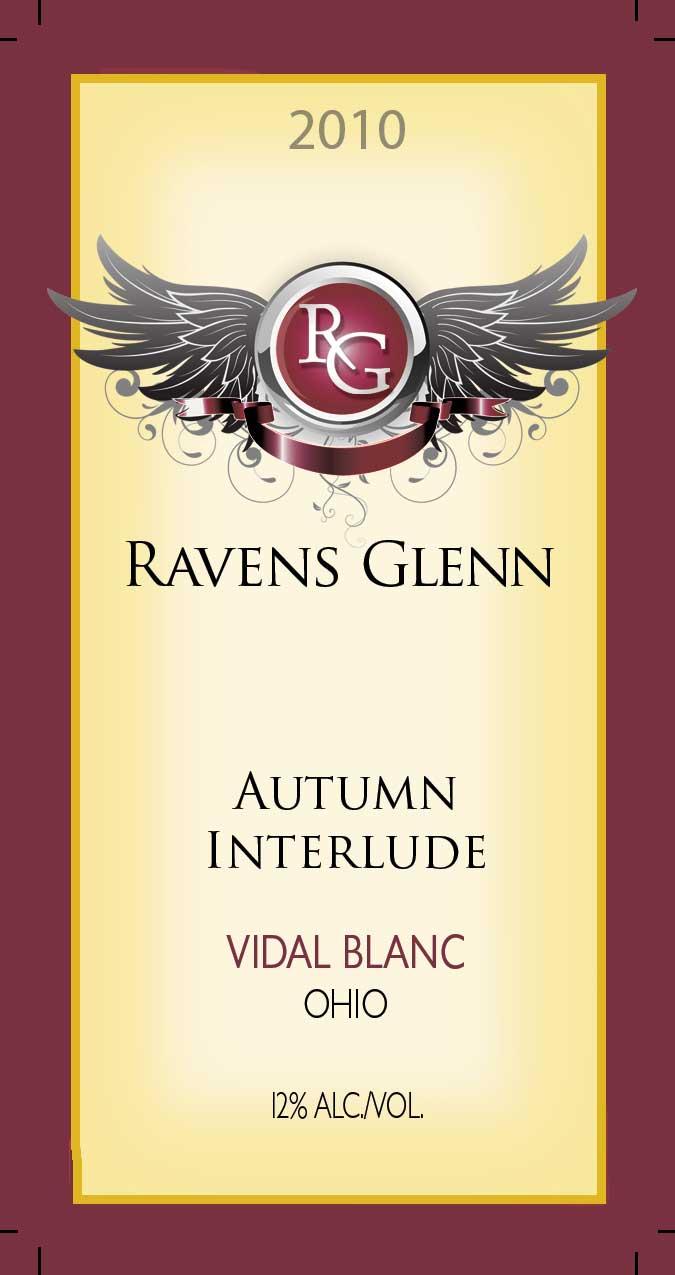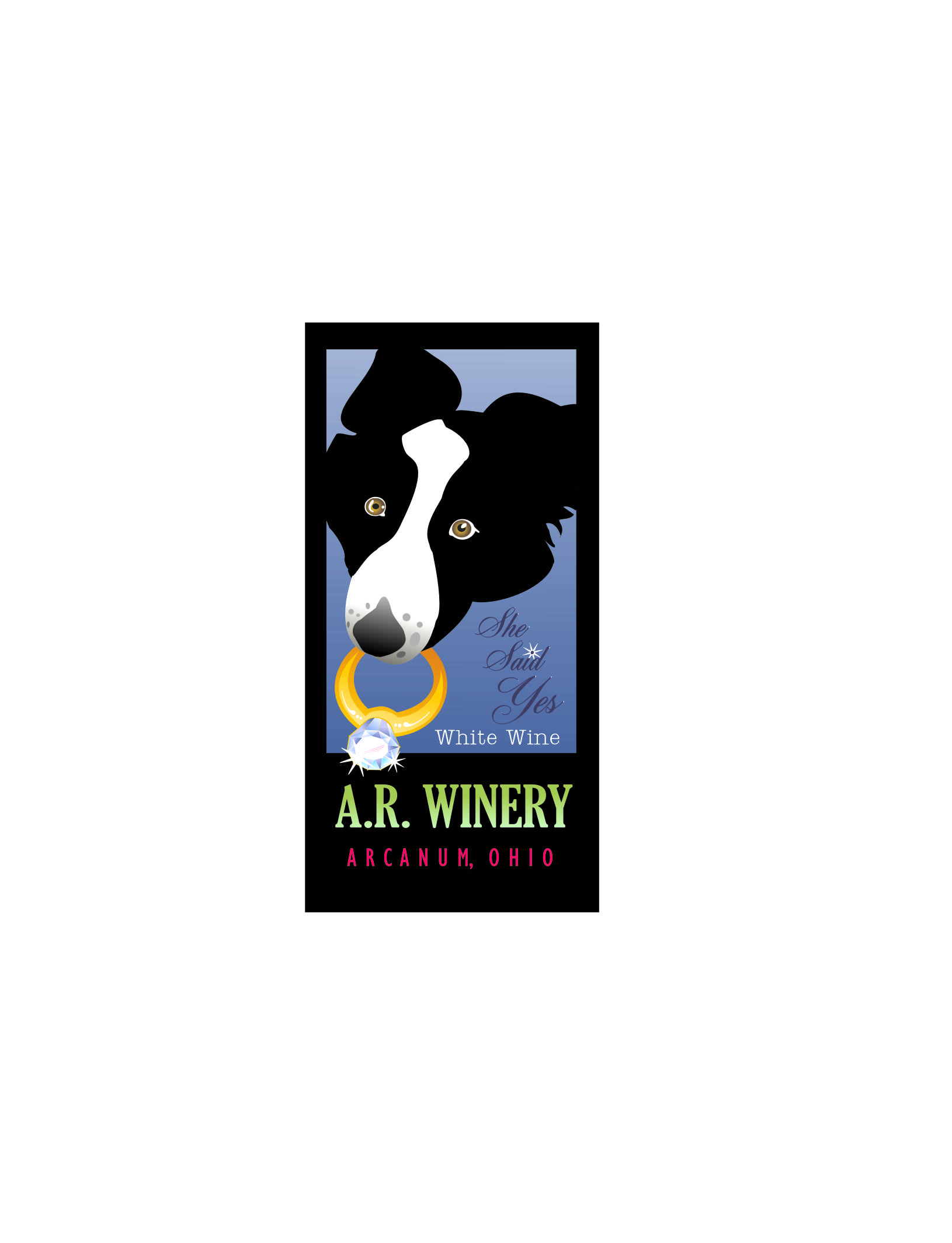Terroir of Ohio
Ohio's terroir ranges from the Lake Erie shores to the southern Ohio River Valley, offering a diverse wine-growing landscape. The north benefits from Lake Erie's influence, creating a longer growing season perfect for cool-climate grapes like Riesling and Pinot Gris. The sandy loam and gravel soils provide excellent drainage, helping the vines stay healthy. The Lake Erie Islands' limestone-rich soils and maritime climate enhance fruit flavors.
In contrast, southern Ohio has a warmer climate with a longer frost-free period, allowing late-ripening grapes like Cabernet Sauvignon to flourish. The Ohio River Valley's clay and limestone soils support various grapes, though humidity requires careful site selection to prevent disease. Across the state, innovative vineyard practices fight frost and disease, highlighting Ohio's adaptability and dedication to producing unique, terroir-driven wines.
Notable Wineries in Ohio
Ohio's winery landscape is rich with history and diversity, featuring standout producers that reflect the state's unique terroir. Here are a few notable ones:
-
Debonné Vineyards: Ohio’s largest estate winery, known for its cool-climate Riesling and award-winning Unoaked Chardonnay.
-
Ferrante Winery & Ristorante: This family-owned operation excels in aromatic whites, offering an Italian culinary experience alongside stunning vineyard views.
-
Heineman’s Winery: The oldest family-run winery in Ohio, famous for its sweet Island Wines and tours of the Crystal Cave, the world’s largest geode cavern.
-
Markko Vineyard: A pioneering vineyard known for its Burgundian-style Chardonnays, proving the potential of Ohio’s lakefront terroir.
-
Valley Vineyards: A family-owned estate offering a lively atmosphere with weekend grill-outs and a range of robust reds and delicate whites.
Sustainable Winemaking in Ohio
Ohio's winemakers are embracing sustainability with a blend of tradition and innovation, vital in tackling pest, disease, and climate challenges. Many family-run vineyards apply integrated pest management, using chemicals only when necessary, and opt for natural fertilizers. Cover crops and sod between vine rows prevent erosion, while nesting boxes for birds of prey manage pests naturally.
Water management is crucial, too. Vineyards use underground drainage to prevent waterlogging, and wind turbines combat frost without fuel. Cold-resistant grape varieties, developed by pioneers and tested by Ohio State University, reduce chemical needs and crop loss, aligning local agriculture with sustainability goals. Ohio's wineries are also exploring local sourcing, solar energy, and eco-friendly packaging, ensuring a greener future for the state's vibrant wine industry.
Wine Tourism in Ohio
Ohio's wine tourism scene offers diverse experiences across its seven organized wine trails, which guide enthusiasts through the state’s rich viticultural landscape. From the scenic Vines & Wines Trail in the northeast, featuring over 30 wineries, to the historical allure of the Ohio River Valley Wine Trail, visitors can explore vineyards nestled in varied terrains.
Many wineries offer more than just tastings, with on-site dining, live music, and activities like vineyard yoga, enhancing the visit. Notably, events like the Vintage Ohio Wine Festival showcase Ohio's commitment to celebrating its wine culture. The state's wineries also play a crucial role in bolstering the local economy, drawing attention to Ohio's blend of tradition, innovation, and a warm, welcoming atmosphere. Whether experiencing the fall foliage or enjoying a summer festival, Ohio’s wine tourism provides a genuine taste of its flourishing wine industry.



